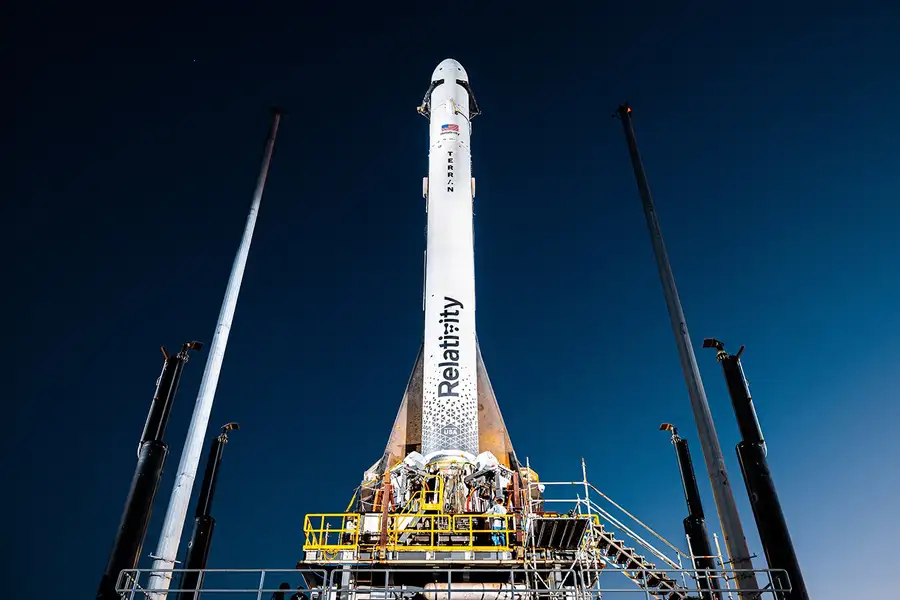3D printing technology has come a long way since it was first introduced. What was once used mainly for creating small figures and trinkets has now expanded into much larger applications. In an impressive demonstration of this technology’s capabilities, US-based aerospace start-up Relativity Space is preparing to launch the first-ever 3D-printed rocket into space. Here are the details…
Terran 1 rocket: the largest 3D-printed object to attempt orbital flight
A US aerospace start-up, Relativity Space, is preparing to launch the first-ever 3D-printed rocket into space on March 8. The Terran 1 rocket is set to be the largest 3D-printed object to attempt orbital flight, standing at 35 meters tall and made up of 85% 3D printed material. Compared to the cost of SpaceX’s Falcon 9 rocket, which can lift over 22,000 kilograms into orbit and costs around $67 million per flight, Relativity Space is charging $12 million per flight.

During the first test flight, the Terran 1 rocket will not carry any payload, and the rocket is designed to lift up to 1250 kilograms into low-Earth orbit. The company has decided to skip one last planned test of the rocket, a static fire, and go straight to launch. Although this decision increases the likelihood of an abort on their first launch attempt, the company believes that if all systems are performing as expected, it is more beneficial to launch during their next operation than to subject the vehicle to additional ground testing.
Relativity Space’s ultimate goal is to facilitate an industrial society on Mars, and while the Terran 1 is too small to make the journey, it is designed to bring small satellites into orbit. The rocket serves as a prototype for the company’s 66-meter-tall Terran R rocket, which is planned to be fully reusable, mostly 3D-printed, and able to carry up to 20,000 kilograms into orbit. In addition to launching larger satellites into orbit around Earth, the Terran R rocket will offer customers a point-to-point space freighter capable of missions between the Earth, Moon, and Mars.
According to the Relativity Space representative, Terran 1 is their development platform to get to Terran R, which they believe is the vehicle customers need to make significant advancements in space travel. The successful launch of the Terran 1 rocket is a crucial step towards Relativity Space’s ambition to facilitate an industrial society on Mars and demonstrates the potential of 3D printing technology to revolutionize space travel and make it more accessible and affordable.
RELATED:
- China Launches Two Manned Spaceflights to Visit Space Station in 2023
- Best Music Streaming Apps for Android 2023
- SpaceX Starship Launch Vehicle will conduct a Full Static Fire Test
- OPPO Reno 8T 5G Review: A Mix of Premium Design, Decent Specs
- iPhone 15 and iPhone 15 Plus To Miss Out on ProMotion and Always-on Display
(via)





